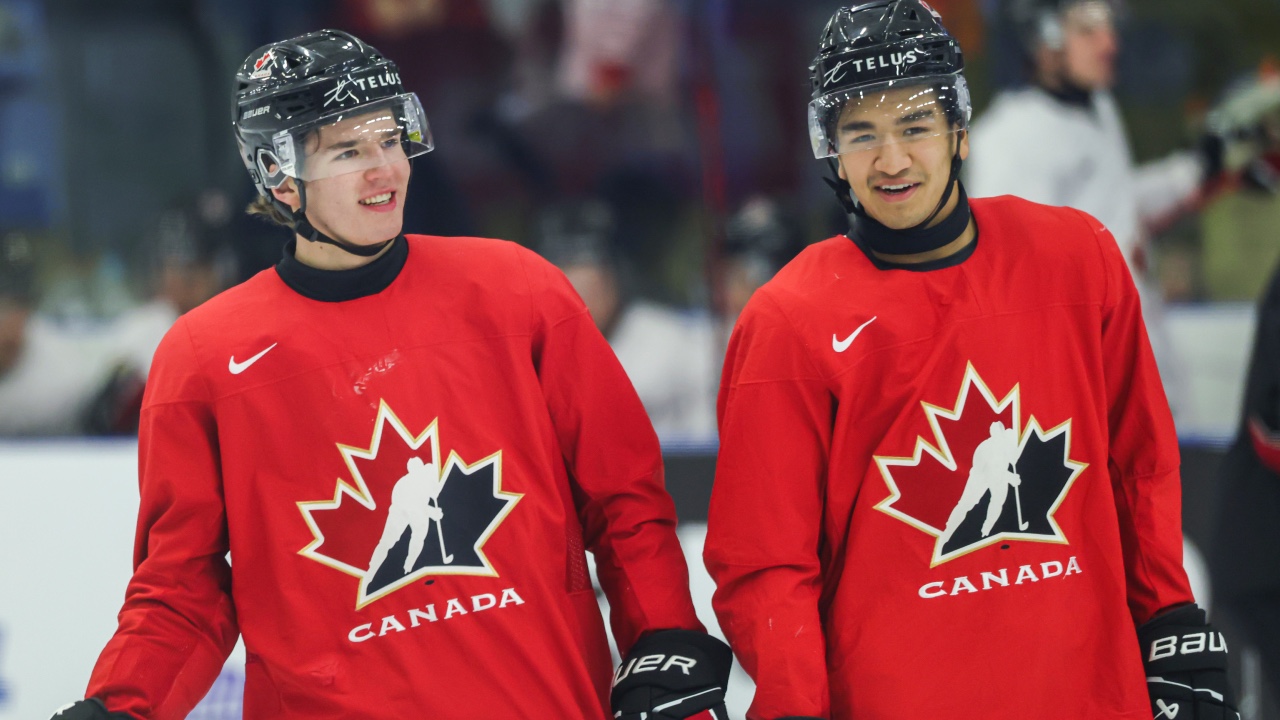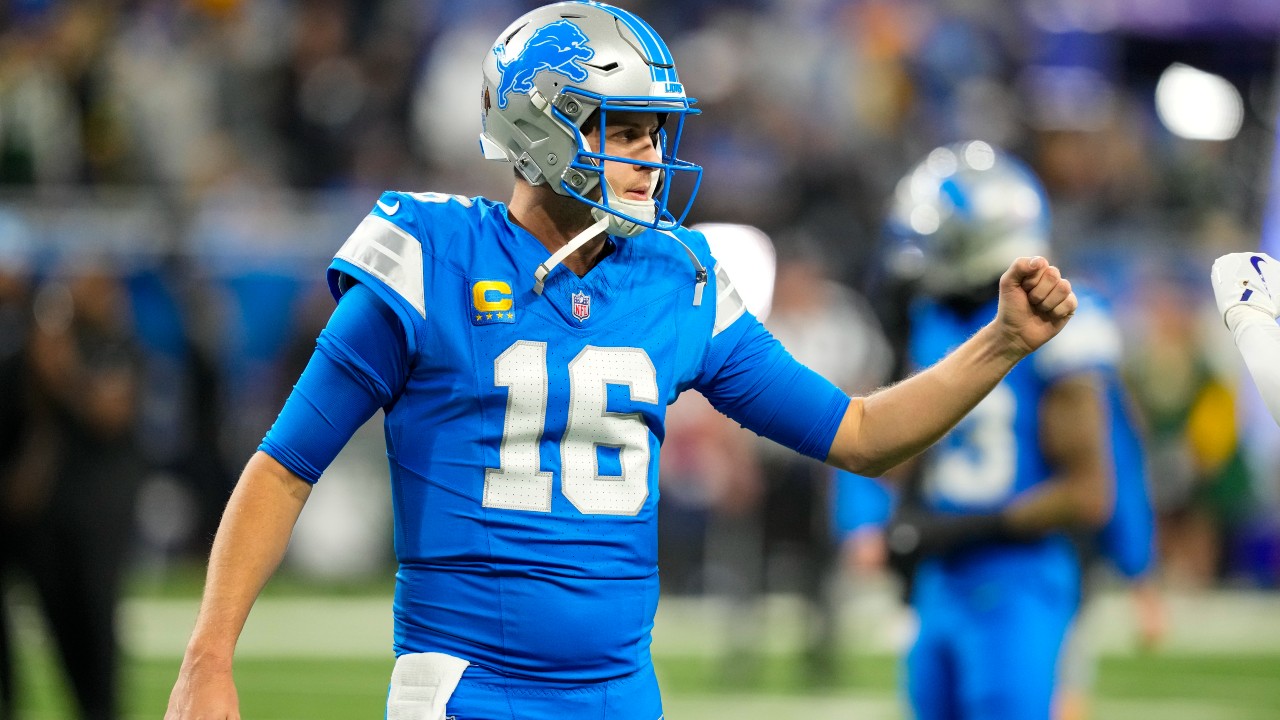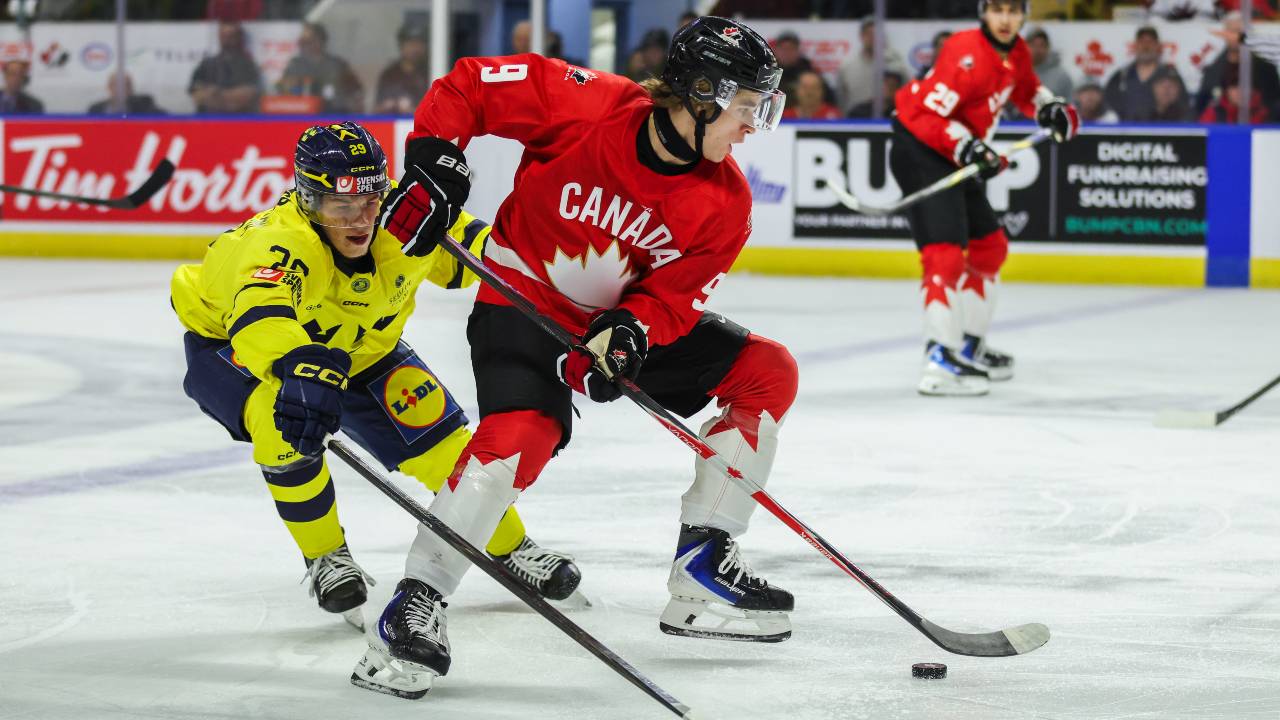
As MLB players embarked on a second season of pandemic baseball, ramping back up for a 162-game grind following a routine-sabotaging, start-and-stop, 60-game scamper in 2020, many wondered just what impact those unprecedented workload fluctuations would have. Were athletes being put at a heightened risk of injury? Was organizational depth about to be tested unlike it ever had before? Would MLB’s biggest consideration in 2021 be health?
The answers so far: Yes, yes, and also, yes. Look across the game. We’re only a week in and established stars such as Fernando Tatis Jr., Eloy Jimenez and Josh Donaldson are already sidelined. Emerging stars, too, in Ke’Bryan Hayes, Framber Valdez and Brusdar Graterol. Teams are missing dependable rotation pieces like Sonny Gray, Carlos Carrasco and Dinelson Lamet; big bullpen arms like Zack Britton, Trevor Rosenthal and Joakim Soria; every-day position players like Ji-Man Choi, Austin Hays and Chad Pinder. Meanwhile, Tim Anderson, Kevin Kiermaier and James Paxton have all hit the injured list since Monday.
And the Blue Jays are no exception, with the latest foul news coming shortly before Wednesday’s 2-1 loss to the Texas Rangers, as manager Charlie Montoyo announced George Springer had picked up a right quad injury while rehabbing a separate left oblique issue this week. Between Springer, Nate Pearson (strained adductor), Robbie Ray (bruised elbow), Kirby Yates (Tommy John surgery), Patrick Murphy (sprained shoulder) and Thomas Hatch (elbow impingement), the Blue Jays have 11.6 ZIPS-projected wins currently sitting inactive on the injured list.
What hurts most about the Springer development is that the centre fielder was motoring towards a return from his original injury when first eligible on Thursday, just in time for Toronto’s home opener against the Los Angeles Angels in Dunedin, Fla. But he felt something in his leg while running the bases after a live batting practice session Tuesday. And when that quad tightness persisted, the club sent him for an MRI of the area. The latest word from the organization — which strictly controls the flow of information with reporters covering the team from afar — is that the club is “still gathering information to see where he is.”
“His live BP was fine. There’s no issues with the oblique. But his leg did feel a little tight. But we don’t know how badly,” Montoyo said. “Everybody’s concerned — because with those injuries, you just never know where they are. It’s tough because you’ve got to be careful. Just like with the oblique. Because if you pull it worse, then you’re really out for a long time.
“That’s the one thing about those injuries. That’s for anybody. We have to be patient and be careful. You know how badly he wants to play. That’s why after everything that happened yesterday, he talked to [the media]and he felt like he still wanted to play. But then, as the day went on, he felt, ‘OK, this is still tight.’ So, that’s why we ended up getting an MRI.”
Montoyo described Springer as “disappointed,” which is certainly understandable. This is hardly the first impression he intended to make upon signing a generational six-year, $150-million contract with the Blue Jays this off-season. It was just Tuesday afternoon that Springer was sitting on a Zoom call with Toronto media, calling his BP session “a big step for me — both physically and in my own mind.”
Springer went on to talk about how desperately he yearns to compete for his new team and how challenging it’s been to watch them take the field without him. He said he’d be spending the ensuing days pushing Toronto’s medical staff to allow him to play as soon as eligible. Just hours later, that same medical staff was sliding him into the claustrophobic MRI machine tunnel he’s gotten to know well over the last several weeks.
This health uncertainty is going to be a reality all season — not only for Springer, not only for his new team, but for organizations across the game. The Blue Jays are clearly trying to stay ahead of it as best they can. If this was August or September, and the club was jockeying for a post-season position, you can bet a compromised Springer would be in the lineup playing right now. Similarly, Pearson would likely already be off a mound and working expeditiously towards a return to active duty, rather than being limited to an extended flat-ground throwing program as he lets his recurring groin injury thoroughly heal.
But it’s not August or September — it’s April. The club hasn’t yet played four per cent of its schedule. In the constant push-pull of healing and performing, prioritizing a wholesome recovery from any nagging injuries is the obvious choice to make today. Those scales will move as the season wears on. But they’re currently lopsided in the direction you’d expect.
It’s why you’ll see fluidity in Montoyo’s lineup construction over the next week-and-a-half, as the Blue Jays continue on a stretch of 16 games in 16 days. Regulars will take turns sitting out of the lineup. The designated hitter spot will be used as a partial resting bay, too, with players cycling through for a day off their feet in order to mitigate such a heavy workload so early in the season.
Wednesday was Bo Bichette’s turn, which meant Marcus Semien shifted over to his old familiar position at shortstop. A couple days prior it was Vladimir Guerrero Jr. serving as DH. The day before that, Lourdes Gurriel Jr. Tomorrow, it’ll be someone else. The Blue Jays will likely end up fielding a different lineup every day this week.
Of course, this is nothing new if you’ve been paying attention. The Blue Jays used 56 different batting orders and defensive alignments over 60 games last season. It’s not so much a symptom as a design. You don’t prioritize acquiring positionally versatile players like Semien, Gurriel and Cavan Biggio not to take advantage of the flexibility they provide.
Injuries being as fickle and unpredictable as they are, it’s the best clubs can do to avoid as many of them as possible. There will always be the 100-m.p.h. comebackers that fracture bones on impact and slippery bases that tear ligaments as turned ankles skid atop them. You can’t do anything to prevent that. But you can decrease the chance of gradually developing soft-tissue ailments — strains, inflammation, tightness — by managing fatigue. Because if organizations know one thing about injuries, it’s that they’re more likely to occur when players are tired.
And to that end, it’ll be interesting to monitor how the Blue Jays manage Hyun Jin Ryu’s workload going forward. Aside from Springer, no Blue Jays player is more indispensable. And considering this team’s starting pitching depth, you could make a case for listing Ryu ahead of Springer in that regard.
Wednesday against the Rangers, he showed why. Ryu cruised through seven innings, allowing two runs on seven hits while striking out seven and walking none. He ran up 17 (!!) swinging strikes — six with his changeup, seven with his cutter, and two each with his four-seamer and curveball. He was in complete command, as he almost always is. On a club that will likely be piecing together its rotation series-to-series throughout the season, Ryu is a welcome bastion of certainty.
But the big left-hander’s injury history is not a sparse one. There were foot and back troubles in 2013; shoulder and glute ailments in 2014; surgery on a torn labrum in 2015. He battled shoulder and groin issues as he tried to return from that procedure, then elbow tendinitis that necessitated another operation. In 2017, he dealt with adductor, hip, foot and forearm injuries; in 2018, a groin strain; in 2019, another groin strain and neck soreness.
There’s a reason that, from 2017 through 2020, Ryu made 40 of his 80 starts on five days’ rest, and only 21 of them on four days. You have to be careful with him. And it’ll be interesting to see if the Blue Jays seek to do just that in the coming weeks as the club soldiers on towards its next off-day on April 19.
It seems some rotation reinforcement could be arriving soon, as Ray was scheduled to throw an extended live batting practice session Wednesday. Montoyo didn’t know the exact amount of work Ray was expected to get, but estimated it would be “70-80 pitches.” Assuming that occurs, and Ray feels like himself, the left-hander ought to be in line to make his next appearance on a major-league mound. With four day’s rest following Wednesday’s session, Ray would be in line to start Monday versus the New York Yankees in Dunedin.
Of course, it all depends. The only commitment the Blue Jays have made is that Ross Stripling will start Thursday night’s game versus the Angels. T.J. Zeuch, Steven Matz and Tanner Roark would then be lined up for Friday through Sunday if the Blue Jays keep their rotation on turn. But if that was indeed the plan, the club likely would’ve said so by now.
Matz’s spot at least ought to be safe after he struck out nine over a commanding 6.1 innings against the Rangers on Monday. But Zeuch’s status is somewhat less certain considering he came into the year expected to serve as depth at triple-A and wasn’t trusted to go beyond 15 batters against the Yankees last weekend. Could he make his next appearance behind an opener? Or pitch in tandem with Trent Thornton, who was working to get stretched out as a starter this spring but has thus far thrown only 1.1 innings over Toronto’s first six games? We’ll see.
Then there’s Roark. He was utterly uncompetitive against the Rangers on Tuesday, allowing three home runs over three innings while featuring a 91-m.p.h. fastball he was missing badly with, either well off the plate or right over the heart of it. In the wake of that outing, Montoyo has twice been non-committal about Roark’s future in the club’s rotation, saying Wednesday, “it’s still early — so, we’ll see what happens.”
Considering his $12-million salary, his extended track record as a league-average MLB starter, and the importance of innings-eaters this season in particular, Roark ought to get another opportunity. But it’s possible that won’t come Sunday when he’d be next on turn in a traditional, five-man rotation.
It’s all a little uncertain, as you can see. For the Blue Jays and for MLB at large. There were legitimate concerns entering the season about just how much of a defining factor health would be in this second year of pandemic ball. It took only a week for those fears to materialize. Only 26 more weeks to go.





